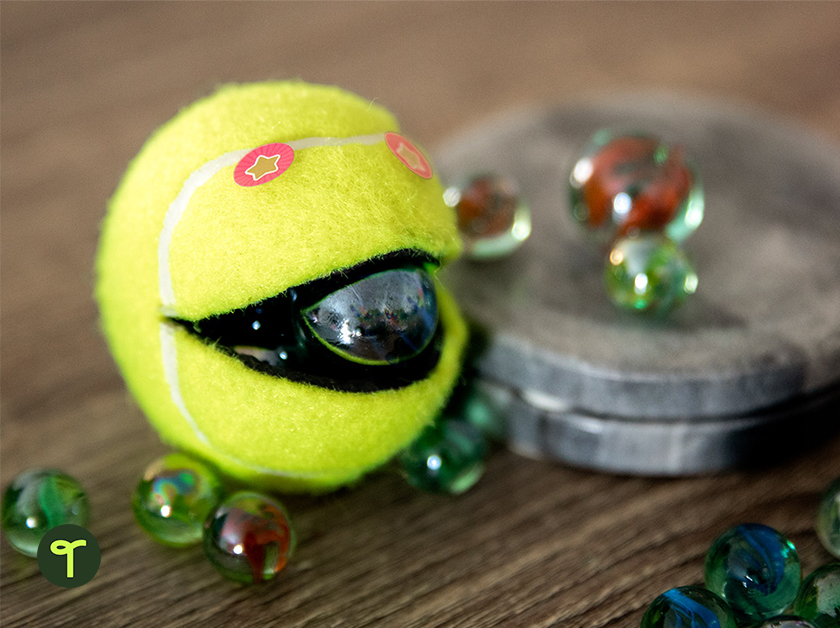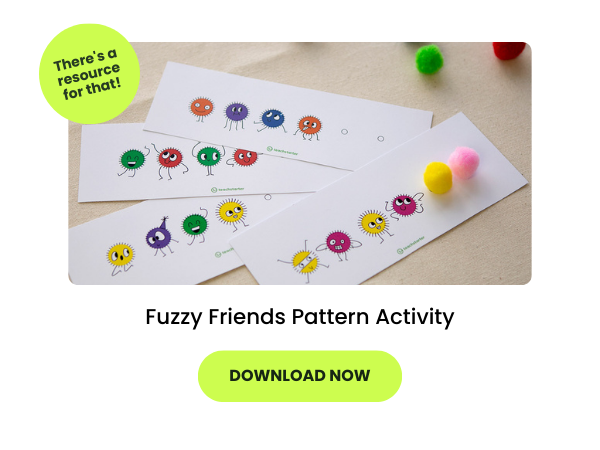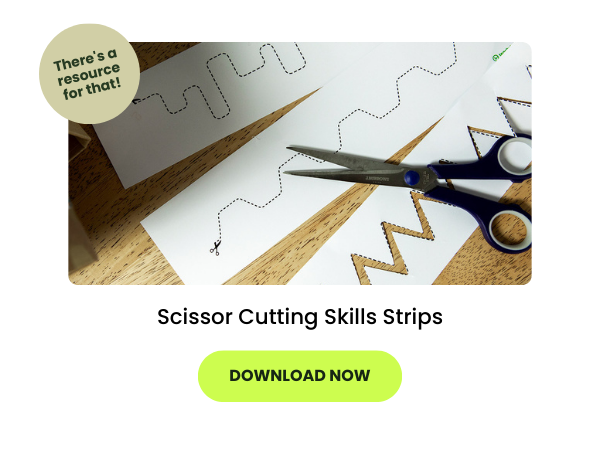You don’t have to be an occupational therapist to be worried about the fine motor skills of the kiddos in your classroom. The dexterity of our students is about more than getting them to draw straight lines or neatly cut out shapes.
Fine motor skills are about that direct link between the brain and muscle control, and they’re linked directly to neuron development which helps our students in countless ways.
Chances are you’re already doing plenty of fine motor skill development in the classroom, but if you’re looking for a few more activities that have been tried and tested by teachers, the teachers on the Teach Starter team have got you covered!
What Are Fine Motor Skills?
You probably know this already, but humor us for a moment, won’t you?
Fine motor movements involve the coordination of small muscles in the hands and fingers. Strong fine motor skills are essential when completing simple daily tasks, such as writing, opening lunch boxes, tying shoelaces, and much more.
Of course, the bulk of the work around helping kids develop these skills happens in the preschool and kindergarten years. Not only are students literally flexing their muscles and building them up, but they’re also developing hand-eye coordination that will serve them well in later school years (not to mention playing all those video games at home).
Fine Motor Activities for Preschoolers
Have Non-Mess Paint Fun!
Fill a gallon-sized Zip-Loc bag with paint (for extra reinforcement, duct tape the top). Using a cotton swab, children draw shapes, letters, or numbers into the paint to practice writing lowercase letters or uppercase letters.

Teach Starter Teacher Tip: You can also buy hair gel at a dollar store for the same thing and save your paint for another activity! See more cool ways to use Zip-Loc bags in the classroom.
Use Tennis Ball Monsters to Strengthen the Hand Muscles
Tennis ball monsters are great for developing finger and hand muscles.
To make your own monster, cut a hole in a tennis ball to create a mouth, and stick circles on the tennis ball for the monster’s eyes! Challenge your students to feed the monster as many marbles as they can.

Bring Out the Shaving Cream
Using shaving cream for letter-writing practice or to draw shapes is an old teacher trick for cleaning the desks, and it is a great way to work those fine muscles when you’re teaching kindergarten. The cream has the added bonus of feeling cool and providing a different sensation on their fingertips.
Try a PomPom Fine Motor Activity
Have children sort marbles or pom-poms using kitchen tongs into an egg carton. You can also use popping fidget toys as receptacles for students to place the small round object into.
We used our resource Fuzzy Friends Repeating Pattern Activity and turned it into a fine motor activity by getting students to use tweezers to pick up the pompoms and place them in their appropriate spots on the activity card. Students should match the color of their fuzzy ball to the color of the fuzzy friend on the page.

Try This Fly Swat Threading Fine Motor Activity
Hit the dollar store for (clean) fly swatters or anything with small holes, and have your students thread pipe cleaners through the holes! This fine muscle activity is great for hand-eye coordination, as well as building finger dexterity and strength.
Because threading requires precise finger movements to grasp and manipulate objects, it helps kids refine their ability to use their fingers independently and with control, essential for activities like writing, drawing and buttoning clothes.

Use Clothespins to Develop Grasp Skills
Using clothespins helps students develop their pincher grasp and prepares them to hold a pencil correctly. Give each student a paper cup and a pile of clothespins. Have them predict how many clothespins they can fit around the top of a paper cup.
You can also use our fine motor animal match-up activity and ask students to pin the legs and tails on the animals! Children can use their pointer finger and thumb to open the clothespins to create the animals. Have some fun and create silly-looking animals by swapping the legs and tails of each animal!

Sticker Line Skills
Matching stickers to a line is a great motor skill activity for preschoolers! We used our Pre-Handwriting Worksheets and had children use stickers to follow the lines.
Fine Motor Skills for Kindergarten
Practice Cutting Skills to Develop Fine Motor
Cutting with scissors is a classic activity to help students build dexterity in kindergarten. Because two hands are required — one to work the scissors and one to hold the item being cut — it helps kids with bilateral coordination and developing the ability to use both hands together efficiently, enhancing their overall dexterity.
Have children pick a pattern and then cut along the lines for a simple — but effective — activity. 
Marble Balance Fine Motor Activity
Grab the LEGOs or DUPLO blocks, and some marbles. Things are about to get fun! This is a favorite not only among our teacher team members but also with their students. In this fine motor skill task, kindergarten students are challenged to balance the marble on the small round top of the block.

Teach Starter Teacher Tip: You can also use golf tees and marbles for a similar activity. To hold the golf tees upright, use florist foam — save the blocks when you receive flowers or buy new at an arts and crafts store.
Bring Out the Printable Lacing Cards
Get your students ready to lace up their sneakers (or tennis shoes) with lacing activities that require nothing more than some cardstock and yarn.
Using our Dinosaur Lacing Cards, place holes using a hole punch all the way around the animal. To develop their dexterity, children can then thread string through the holes. To make it slightly easier, use a more basic shape, and place the holes farther apart.
Because we know many kids love dinosaurs, these Dinosaur Lacing Cards are part of a larger pack called the Dinosaurs Fine Motor Skills Resource Pack.
Fine Motor Games for Kids
Have you reached your fine motor development activity limit and aren’t sure what else to do? Turn an activity into a game — kids love a good game and the option of beating a friend!
Cover the Animal Fine Motor Game
As you saw above, small pompoms have many uses in the classroom and picking each one up individually with tweezers in order to place in another spot can help students work their dexterity.
Download our Subitizing Animal Activity cards, and provide your students with some pompoms and dice for a fine motor game. The goal is to be the first person to fill all the circles on their animal with pompoms, but they must place them using tweezers. Each person takes turns rolling the dice and placing that number of pompoms on their animal.
Secret Threading Barrier Game
This is a great listening, speaking and fine motor game all in one! In the Secret Threading Task Cards game, there is a speaker and a listener. Prior to beginning the game, the speaker selects one of the task cards and makes the threading sample, copying the photograph on the card.
The listener does not see the card. During the game, the speaker gives directions to the listener about which items to thread and in what order. The listener must listen carefully and reproduce the same threading sample.








Comments